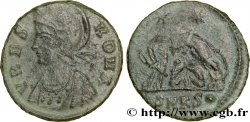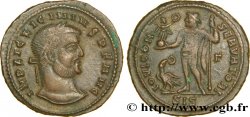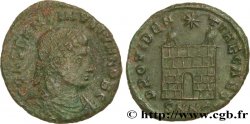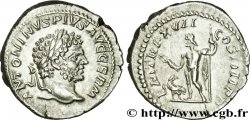Live auction - fme_901708 - GREECE - CONSTANTINE I Médaille, Mérite militaire, 4e classe en bronze
Чтобы принять участие в торгах, вы должны войти в систему и стать подтвержденным участником аукциона. Войдите, чтобы сделать ставку. Ваш аккаунт будет подтвержден в течение 48 часов. Не ждите до закрытия торгов, чтобы зарегистрироваться.Сделав ставку на данный товар, вы вступаете в юридическое соглашение на покупку выбранного товара и нажатием кнопки «Сделать ставку» подтверждаете принятие вами условий интернет-аукционов cgb.fr.
Ставка может бить сделана только в полном эквиваленте евро. Торги закроются согласно времени, указанному в описании товара, все ставки, сделанные после закрытия торгов, учитываться не будут. Не следует откладывать предложение вашей ставки до последнего момента, так как система может не успеть обработать вашу заявку, и ваша ставка не будет принята. Более детальную информацию вы найдёте здесь: FAQ по интернет-аукционам.
Все ставки победителей подлежат комиссии 18%.
Все ставки победителей подлежат комиссии 18%.
| Оценить : | 20 € |
| Цена : | 29 € |
| Максимальная предлагаемая цена : | 29 € |
| Конец торгов : | 14 May 2024 16:21:01 |
| Участников : | 5 Участников |
Тип Médaille, Mérite militaire, 4e classe en bronze
Дата: 1917
Металл: bronze
Диаметр: 100 mm
Ориентация осей монеты: 12 h.
Гравер RIVAUD André (1892-1951)
Вес: 25,19 g.
Век: lisse + corne BRONZE
Пуансон: corne BRONZE
Комментарии о состоянии
Patine hétérogène avec quelques pointes d’oxydation. Légère usure
Лицевая сторона
Аверс: легенда: (LÉGENDE EN GREC).
Аверс: описание: Phénix au centre d’une croix, avec deux glaives en sautoir et entouré d’une couronne de laurier.
Обратная сторона
Реверс: легенда: (LÉGENDE EN GREC) // 1916-1917.
Реверс: Описание: Légende en 2 lignes, signé : L. SUE / A. A. RIVAUD // SALONIQUE 1917.
Комментарий
Diamètre sans bélière : 39 mm
Ruban jaune orangé avec deux bandes noires.
La médaille est conservée dans une boîte bleu pâle à bordure dorée en partie abîmé. Au dos est noté : croix de guerre grecque / Granger.
Cette médaille fait partie de l’ensemble décerné à Charles Picard (1883-1965), professeur d’université et archéologue. Spécialiste de la Grèce antique, il sera directeur de l’École française d’Athènes dans les années 1920, professeur d’archéologie classique à la Faculté des lettres de Paris (1934-1955), il sera également directeur de l’Institut d’Art et d’Archéologie (1937-1961). Il sera élu membre de l'Académie des inscriptions et belles-lettres en 1932.
Il sera Commandeur de l’Ordre du Rédempteur (Grèce) et Commandeur de l’Ordre du Dannebrog (Danemark).
cf. https://aibl.fr/academiciens-1663/picard-charles-pierre/
Elle est créée en octobre 1916, à Salonique, par le Gouvernement provisoire républicain de Venizelos. Elle sera confirmée ensuite par le roi Alexandre Ier en juin et octobre 1917. Elle récompense les services éminents rendus à l'occasion du conflit, dans le domaine militaire ou civil. Beaucoup d'officiers (en particulier dans les armées alliées) se la virent décerner.
Diameter without bail: 39 mm Orange-yellow ribbon with two black stripes.
The medal is kept in a pale blue box with a partly damaged gold border.. On the back is noted: Greek War Cross / Granger.
This medal is part of the set awarded to Charles Picard (1883-1965), university professor and archaeologist. A specialist in ancient Greece, he was director of the French School of Athens in the 1920s, professor of classical archaeology at the Faculty of Letters in Paris (1934-1955), and director of the Institute of Art and Archaeology (1937-1961).. He was elected a member of the Academy of Inscriptions and Belles-Lettres in 1932..
He will be Commander of the Order of the Redeemer (Greece) and Commander of the Order of the Dannebrog (Denmark).
cf. https://aibl. fr/academiciens-1663/picard-charles-pierre/ It was created in October 1916, in Salonika, by the Provisional Republican Government of Venizelos. It was later confirmed by King Alexander I in June and October 1917.. It rewards outstanding services rendered during the conflict, in the military or civilian domain.. Many officers (especially in the Allied armies) were awarded it.
Ruban jaune orangé avec deux bandes noires.
La médaille est conservée dans une boîte bleu pâle à bordure dorée en partie abîmé. Au dos est noté : croix de guerre grecque / Granger.
Cette médaille fait partie de l’ensemble décerné à Charles Picard (1883-1965), professeur d’université et archéologue. Spécialiste de la Grèce antique, il sera directeur de l’École française d’Athènes dans les années 1920, professeur d’archéologie classique à la Faculté des lettres de Paris (1934-1955), il sera également directeur de l’Institut d’Art et d’Archéologie (1937-1961). Il sera élu membre de l'Académie des inscriptions et belles-lettres en 1932.
Il sera Commandeur de l’Ordre du Rédempteur (Grèce) et Commandeur de l’Ordre du Dannebrog (Danemark).
cf. https://aibl.fr/academiciens-1663/picard-charles-pierre/
Elle est créée en octobre 1916, à Salonique, par le Gouvernement provisoire républicain de Venizelos. Elle sera confirmée ensuite par le roi Alexandre Ier en juin et octobre 1917. Elle récompense les services éminents rendus à l'occasion du conflit, dans le domaine militaire ou civil. Beaucoup d'officiers (en particulier dans les armées alliées) se la virent décerner.
Diameter without bail: 39 mm Orange-yellow ribbon with two black stripes.
The medal is kept in a pale blue box with a partly damaged gold border.. On the back is noted: Greek War Cross / Granger.
This medal is part of the set awarded to Charles Picard (1883-1965), university professor and archaeologist. A specialist in ancient Greece, he was director of the French School of Athens in the 1920s, professor of classical archaeology at the Faculty of Letters in Paris (1934-1955), and director of the Institute of Art and Archaeology (1937-1961).. He was elected a member of the Academy of Inscriptions and Belles-Lettres in 1932..
He will be Commander of the Order of the Redeemer (Greece) and Commander of the Order of the Dannebrog (Denmark).
cf. https://aibl. fr/academiciens-1663/picard-charles-pierre/ It was created in October 1916, in Salonika, by the Provisional Republican Government of Venizelos. It was later confirmed by King Alexander I in June and October 1917.. It rewards outstanding services rendered during the conflict, in the military or civilian domain.. Many officers (especially in the Allied armies) were awarded it.







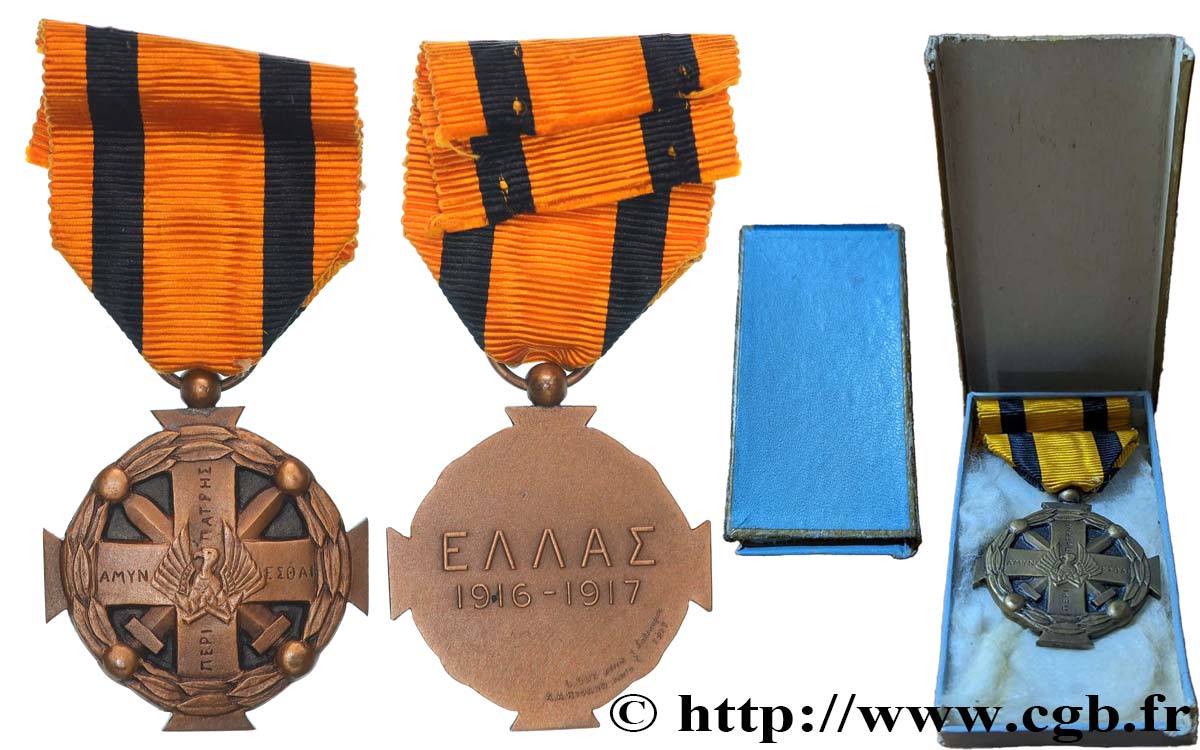
 Cообщить об ошибке
Cообщить об ошибке Распечатать страницу
Распечатать страницу Отправить мой выбор
Отправить мой выбор Задать вопрос
Задать вопрос Consign / sell
Consign / sell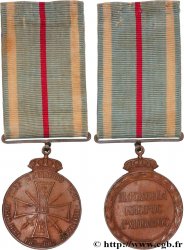
 Информация
Информация